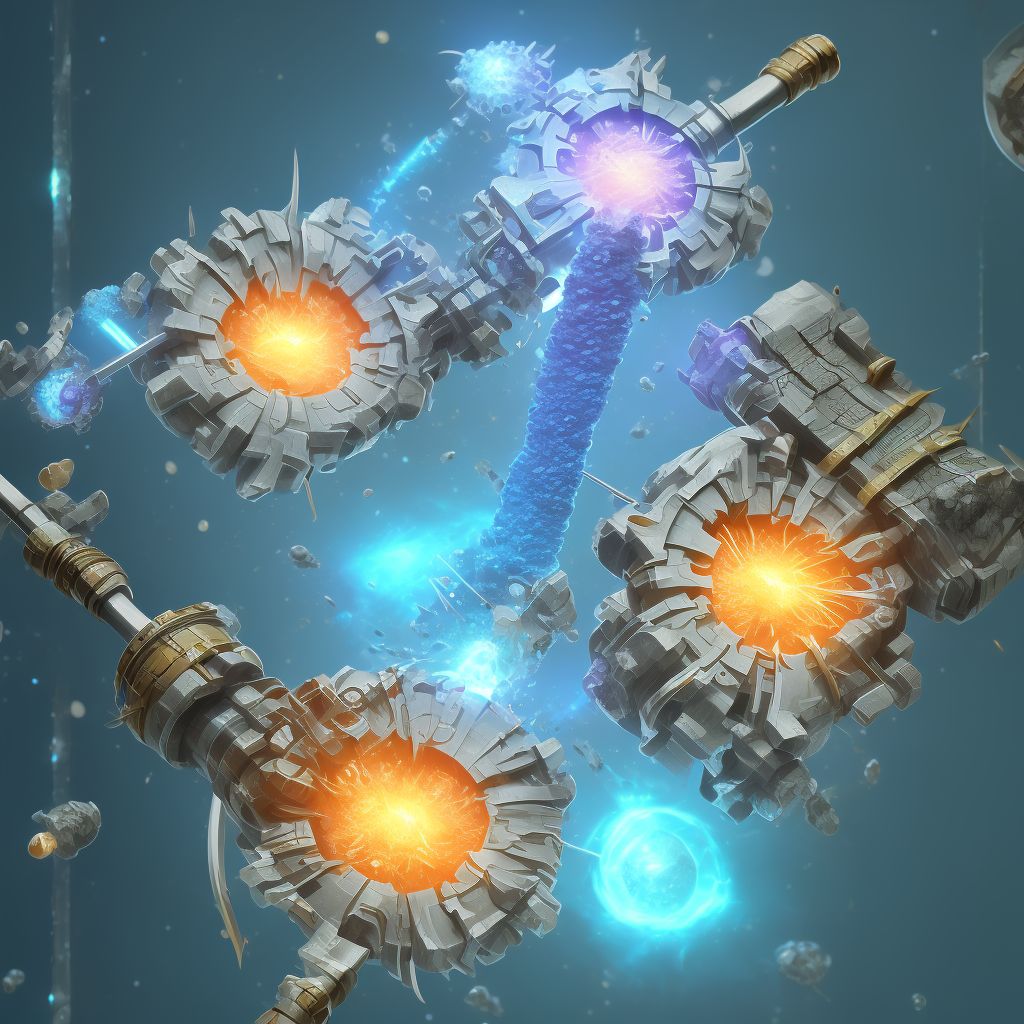
Displaced spiral fracture of shaft of right fibula, subsequent encounter for open fracture type I or II with nonunion Save
ICD-10 code: S82.441M
Disease category: S82.441: Displaced spiral fracture of shaft of right fibula
Displaced Spiral Fracture of Shaft of Right Fibula: Understanding Nonunion
A displaced spiral fracture of the shaft of the right fibula is a specific type of injury that occurs when the bone is twisted forcefully, causing it to break and separate. This type of fracture is characterized by a spiral pattern along the bone, indicating the rotational force that caused the injury.
While fractures of the fibula shaft can often heal successfully with appropriate treatment, some cases may result in a nonunion. Nonunion refers to a situation where the fractured bone fails to heal within the expected timeframe, leading to a persistent gap or absence of bone union.
Nonunion can occur due to various factors, including inadequate immobilization, infection, poor blood supply, or excessive movement at the fracture site. Subsequent encounters for open fracture type I or II with nonunion typically involve assessing and managing the nonhealed fracture.
- Evaluation: During subsequent encounters, healthcare professionals will evaluate the nonunion by examining the patient's medical history, conducting a physical examination, and utilizing imaging techniques like X-rays or CT scans. This evaluation helps determine the extent of the nonunion and any associated complications.
- Assessment of Factors: Identifying the factors contributing to nonunion is crucial for appropriate management. The healthcare team will assess potential causes such as infection, poor blood supply, or excessive movement at the fracture site. This assessment guides the subsequent steps in the treatment plan.
- Treatment Planning: Creating an individualized treatment plan is essential to address the nonunion. This typically involves a multidisciplinary approach, including orthopedic surgeons, physiotherapists, and sometimes infectious disease specialists, to develop the most suitable course of action.
- Management: The management of nonunion may involve procedures like bone grafting, where bone from another part of the body or a donor source is transplanted to stimulate bone healing. Additionally, immobilization techniques, specialized braces, or external fixation devices may be employed to stabilize the fracture site and promote healing.
It is important to note that the specific treatment for displaced spiral fractures of the right fibula with nonunion can vary depending on the patient's unique circumstances. Therefore, it is essential to consult with a healthcare professional for a thorough evaluation and personalized treatment plan.
By understanding the nature of displaced spiral fractures and the potential for nonunion, healthcare providers can effectively address this complication, promoting optimal healing and recovery for their patients.
Treatment of Displaced spiral fracture of shaft of right fibula, subsequent encounter for open fracture type I or II with nonunion:
Treatment Options for Displaced Spiral Fracture of Shaft of Right Fibula, Subsequent Encounter for Open Fracture Type I or II with Nonunion
A displaced spiral fracture of the shaft of the right fibula, subsequent encounter for open fracture type I or II with nonunion, can be a challenging condition to manage. However, with advancements in medical technology and treatment options, p...
To see full information about treatment please Sign up or Log in